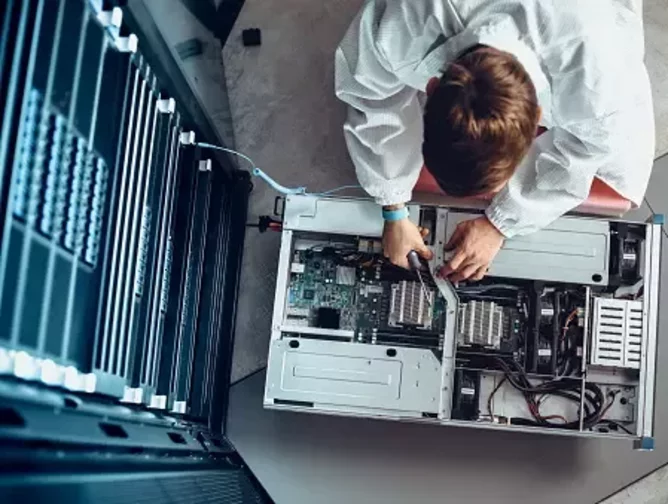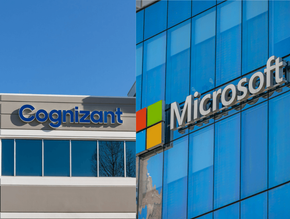The 5 most urgent cybersecurity risks

Cybersecurity is the single biggest risk for businesses, according to security awareness training firm, The Defence Works.
While businesses need to protect against all threats, some are more urgent than others and the risks can come in many forms.
There is some crossover between the following categories, but it’s important to understand how they can each pose a risk to your business.
Read on to see the five threats you cannot afford to ignore.

1. Software risks
Your software could be responsible for compromising your business’ cybersecurity for a number of reasons. The most common issue is outdated or unpatched systems, which are vulnerable to cyber-attacks. Software providers continually patch their systems to plug newly-discovered security gaps, so it’s critical to apply those patches as quickly as possible. Modern cloud-based applications will automatically update, giving you peace of mind.

2. Hardware risks
In a similar vein, outdated hardware can pose a risk to your business. Outdated devices often aren’t compatible with security or software updates, meaning you’re left with multiple vulnerabilities. Think about new phone releases; the physical technology improves, which allows for advancements in the phone’s functionalities. Outdated hardware works in the same way but is particularly pertinent to security issues.

3. Data risks
Now that GDPR is in force, businesses are required to safeguard any personally identifiable information (PII) they hold. All businesses will hold some PII, whether that’s on customers, employees, target customers or a combination. Data risks cross over with software and hardware risks because, in the modern business world, you’re likely to have most of this data stored on PCs and in business-critical systems.

4. Vendor risks
One of the most pertinent risks associated with vendors is those who deal with your business’ sensitive data and how they do it. Many organisations use ERP and BMS systems to store their customer data and import it into their email marketing platform. Understanding your providers’ policies and security measures will help you understand the risk associated with them holding your data.

5. Personnel risks
We all know hackers are targeting businesses with more force than ever. But what about your internal security threats? Human error accounts for as much as 95% of all cybersecurity breaches. So, while you need to put measures in place to keep cybercriminals out, you need to look beyond them. Your workforce represents the biggest attack surface in your business. It’s the frontline of your defence. So, if your people aren’t educated on cybersecurity risks, they could unknowingly compromise your business.
This article is a contribution from TSG.






